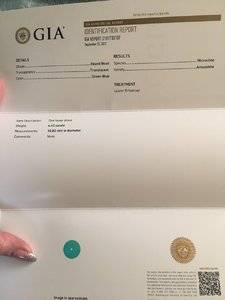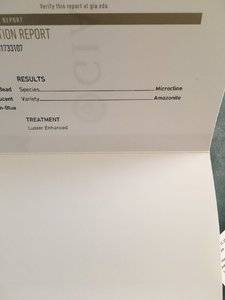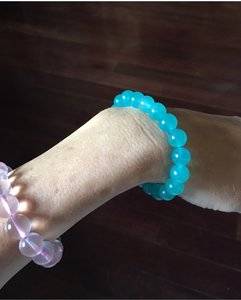- Joined
- Apr 14, 2013
- Messages
- 877
Also interesting that since Tianhe stone was mentioned I'm seeing it listed with the amazonite beads........not sure how/why that has shown up so much after missing initially. Also, I couldn't find anything on Tianhe to describe it's origin, makeup, etc ? Looks like a district in China, but what else?






300x240.png)